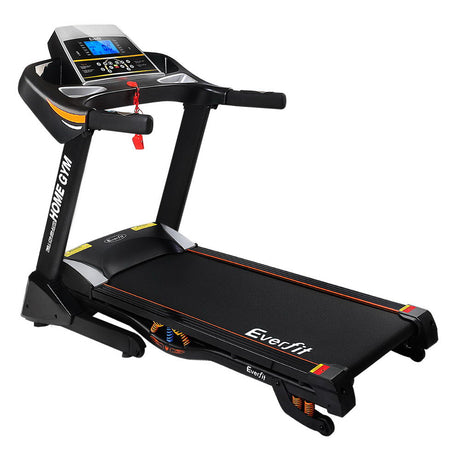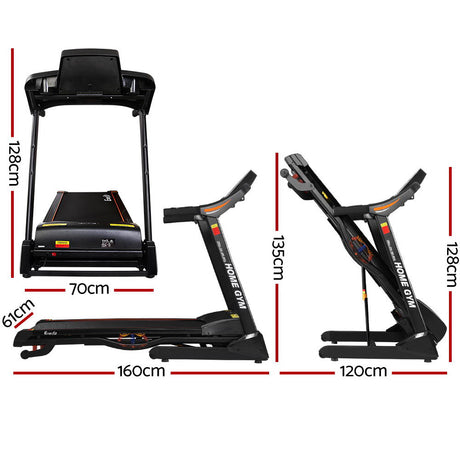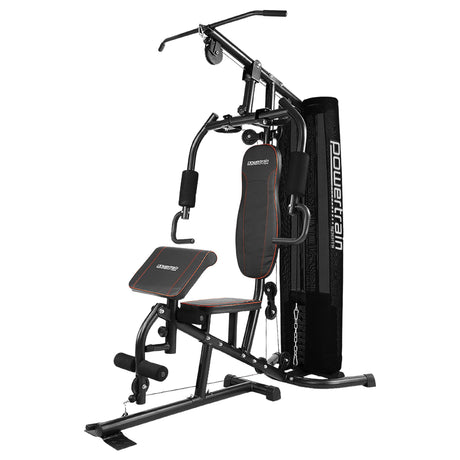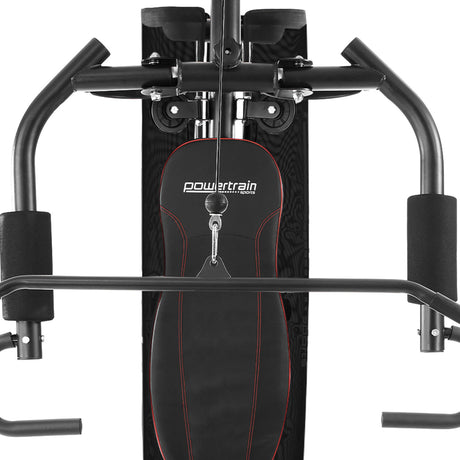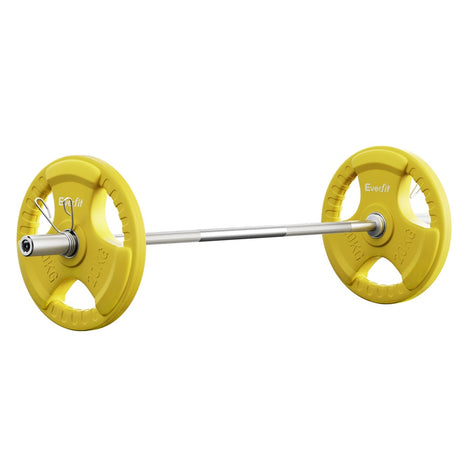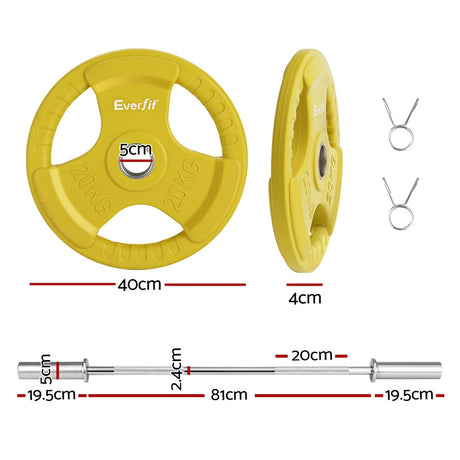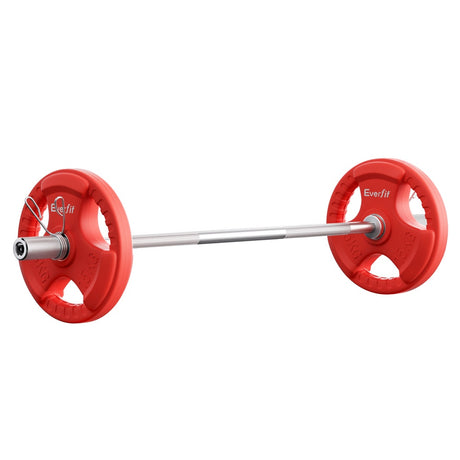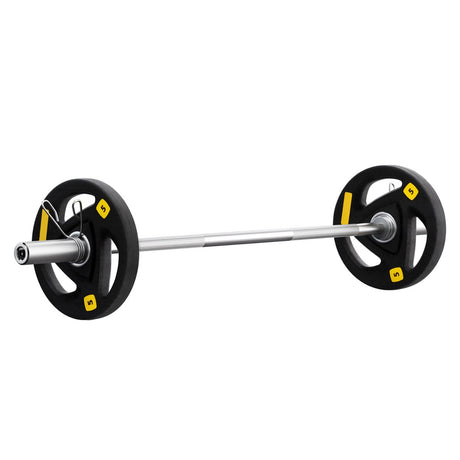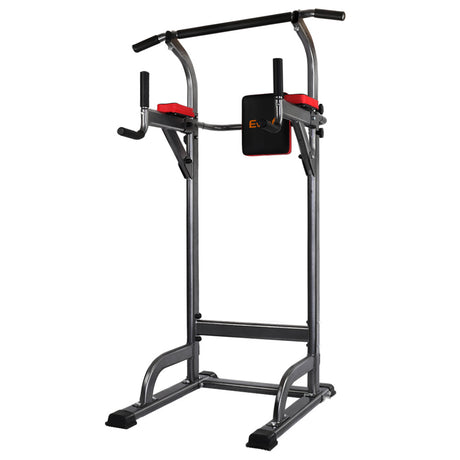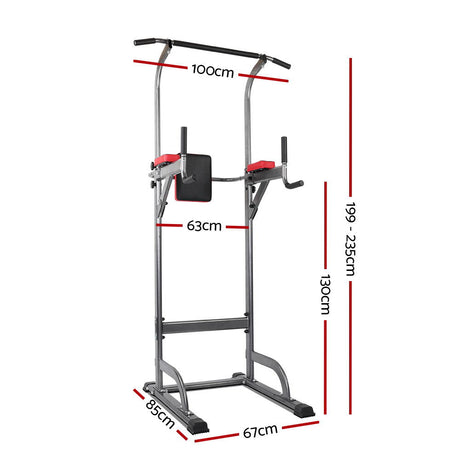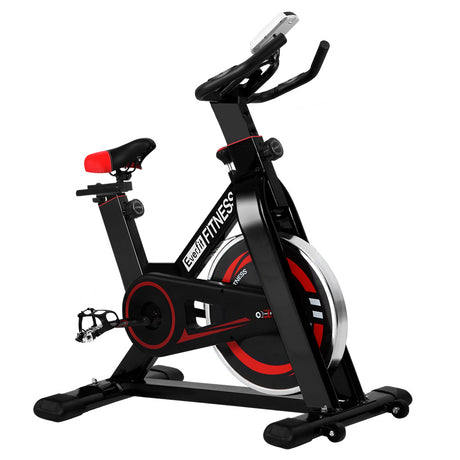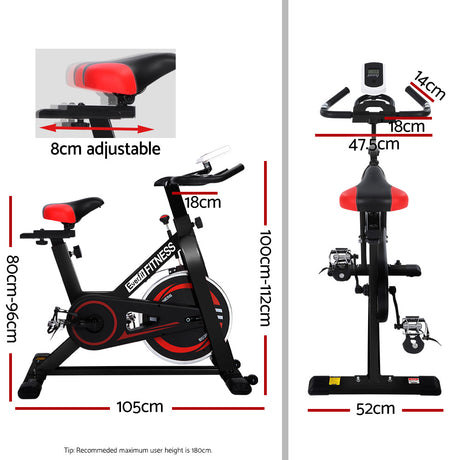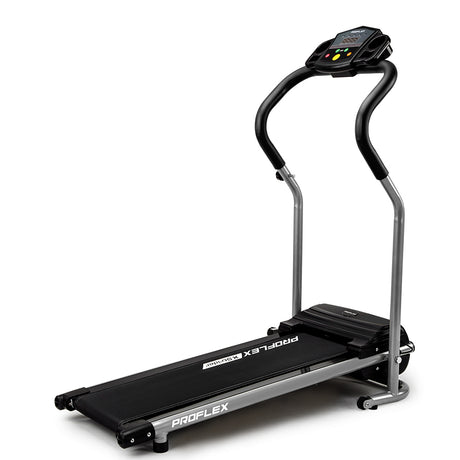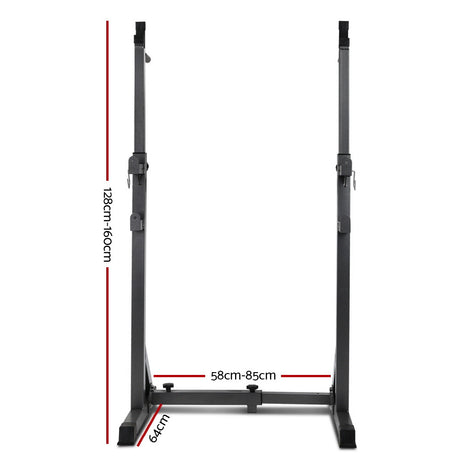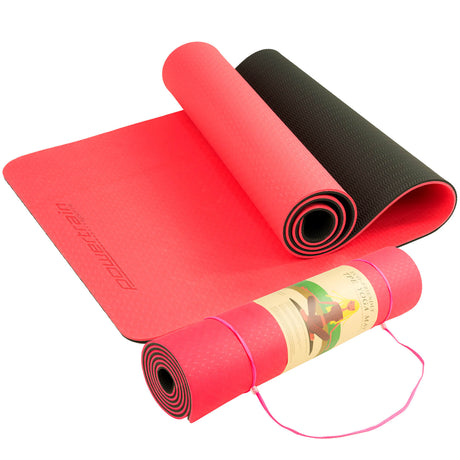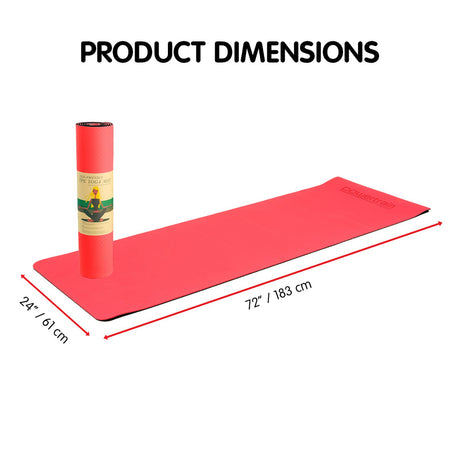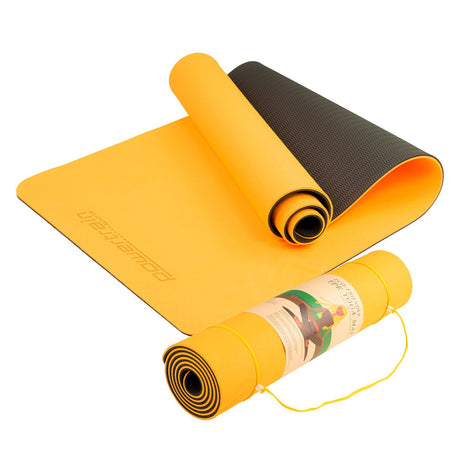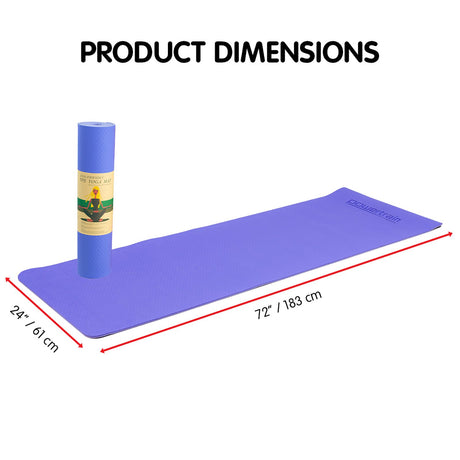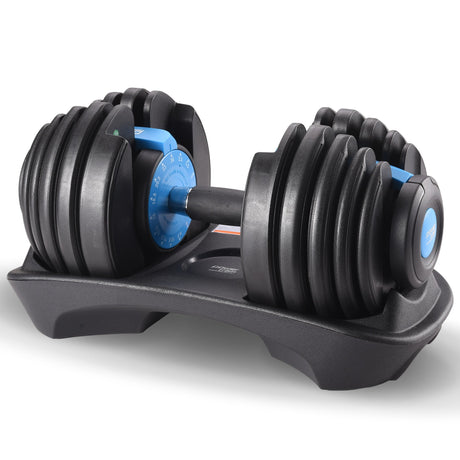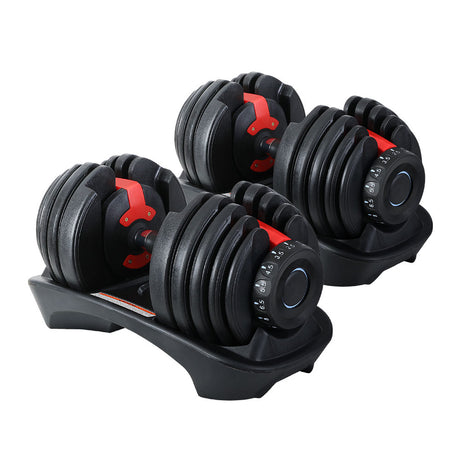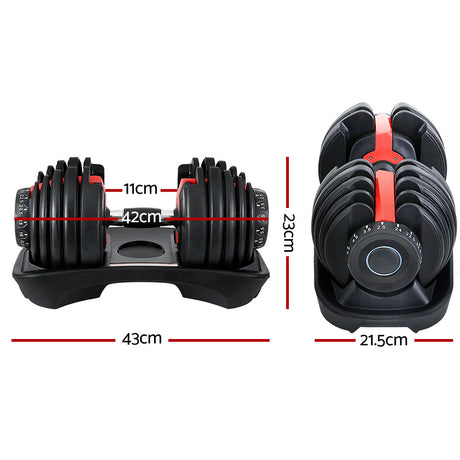Creating a home gym can be a game-changer for your fitness routine. No more commuting to the gym, waiting for equipment, or dealing with crowded spaces. Whether you're a fitness newbie or a seasoned pro, having the right equipment at home can help you stay motivated and achieve your goals. In this blog, we'll explore the essential pieces of equipment you need to build a comprehensive home gym and some helpful tips...
1. Exercise Bikes
Exercise bikes are fantastic for cardiovascular workouts. They come in various styles, including upright, recumbent, and spin bikes. Each offers different benefits, from improving cardiovascular health to strengthening your legs and lower body. An exercise bike is low-impact, making it ideal for those with joint issues.
2. Rowing Machines
Rowing machines provide a full-body workout, engaging multiple muscle groups simultaneously. They are excellent for building strength and endurance while offering a great cardio workout. Rowing is a low-impact exercise that reduces stress on the joints, making it suitable for all fitness levels.
3. Treadmills
Treadmills are a staple in any home gym. They offer versatile workouts, from walking and jogging to high-intensity running. Modern treadmills come with various features such as incline settings, pre-programmed workouts, and heart rate monitors. Running or walking on a treadmill is a great way to improve cardiovascular health and burn calories.
4. Cross Trainers (Elliptical Machines)
Cross trainers provide a low-impact cardio workout that targets both the upper and lower body. They are perfect for those looking to improve their fitness without putting too much strain on their joints. With adjustable resistance levels, you can tailor your workout to match your fitness level.
5. Resistance Bands
Resistance bands are versatile and affordable tools that can be used for strength training, stretching, and rehabilitation exercises. They come in different resistance levels, allowing you to progress as you get stronger. Resistance bands are portable and perfect for home workouts or on-the-go fitness routines.
6. Weight Bench
A weight bench is essential for strength training. It allows you to perform various exercises such as bench presses, dumbbell rows, and tricep dips. Look for an adjustable bench that can be inclined, declined, or used flat to maximize the range of exercises you can perform.
7. Aerobic Steppers
Aerobic steppers are great for cardiovascular workouts, improving agility, and strength training. They can be used for step aerobics, plyometric exercises, and even as a platform for strength training exercises. Steppers are compact and can be easily stored away when not in use.
8. Bathroom Scales
Tracking your progress is crucial in any fitness journey. A reliable bathroom scale helps you monitor your weight and body composition. Many modern scales also sync with fitness apps to provide comprehensive data about your health and fitness progress.
9. Vibrating Platforms
Vibrating platforms offer a unique way to enhance your workouts. They can help improve muscle strength, flexibility, and circulation. By standing or performing exercises on the vibrating platform, your muscles contract more frequently, providing an intensified workout.
10. Yoga Mats
A quality yoga mat is essential for any home gym. It provides a comfortable and non-slip surface for various exercises, including yoga, Pilates, and stretching routines. A good mat cushions your joints and supports your body during floor exercises.
11. Weights (Dumbbells and Kettlebells)
Weights are fundamental for strength training. Dumbbells and kettlebells come in various sizes and are perfect for targeting different muscle groups. Adjustable dumbbells are a space-saving option, allowing you to change the weight as needed without cluttering your home gym.
12. Home Gyms
A home gym system is a multi-functional piece of equipment that allows you to perform a wide range of exercises. These systems often include weight stacks, cables, and attachments for various exercises. They are ideal for those who want a comprehensive strength training setup in one compact unit.
Conclusion
Building a home gym is a worthwhile investment in your health and fitness. With the right equipment, you can enjoy versatile and effective workouts without leaving your home. Whether you focus on cardio, strength training, flexibility, or a mix of all three, having a well-equipped home gym can help you stay on track and achieve your fitness goals. Start with the essentials listed above and customize your home gym to suit your personal preferences and fitness needs. Happy training!
Home Gym Tips: Choosing the Right Space and Organizing Equipment Efficiently
Creating a home gym is an excellent way to stay fit and healthy without the hassle of commuting to a commercial gym. However, setting up a home gym requires careful planning, especially when it comes to choosing the right space and organizing your equipment efficiently. In this blog post, we'll guide you through the essential steps to create a functional and inviting home gym that maximizes your workout potential.
Choosing the Right Space
-
Assess Your Available Space
- Start by evaluating the available space in your home. Common areas for home gyms include spare bedrooms, basements, garages, and even living room corners. Consider the dimensions and layout of the space to ensure it can accommodate your chosen equipment.
-
Consider the Flooring
- Flooring is a crucial aspect of your home gym. Opt for durable, non-slip flooring that can handle the impact of heavy equipment and high-intensity workouts. Rubber mats, interlocking foam tiles, or carpet tiles are excellent choices for protecting both your floor and your joints.
-
Ensure Proper Ventilation and Lighting
- A well-ventilated space will keep you cool and comfortable during your workouts. If possible, choose a room with windows or install fans to improve airflow. Good lighting is also essential to create an inviting atmosphere and ensure you can see your form clearly while exercising.
-
Noise Considerations
- If you live in an apartment or share your home with others, consider the noise levels of your workouts. Choose a space that minimizes noise disruption, and invest in noise-reducing equipment like rubber mats and silent treadmills.
Organizing Your Equipment Efficiently
-
Plan Your Layout
- Start by planning the layout of your equipment based on the dimensions of your space. Group similar types of equipment together to create designated workout zones, such as a cardio area, strength training area, and flexibility zone. Ensure there's enough space around each piece of equipment for safe and comfortable use.
-
Utilize Vertical Space
- Maximize your space by utilizing walls for storage. Install shelves, racks, and hooks to store smaller items like resistance bands, jump ropes, and yoga mats. Wall-mounted storage solutions keep your equipment organized and easily accessible without taking up valuable floor space.
-
Invest in Multi-Functional Equipment
- Choose multi-functional equipment that offers a variety of workout options without occupying too much space. For example, an adjustable weight bench can be used for various strength exercises, and resistance bands can replace multiple sets of dumbbells.
-
Keep It Clean and Clutter-Free
- A clean and clutter-free gym is more inviting and safer to use. Regularly tidy up your space by putting equipment back in its designated storage areas after each use. Consider adding storage bins or baskets for smaller items to keep everything organized.
-
Create a Motivating Environment
- Personalize your home gym to make it a motivating and enjoyable space. Add mirrors to monitor your form and create the illusion of a larger space. Decorate with inspiring posters, plants, and music systems to keep you energized during your workouts.
Essential Equipment to Consider
-
Cardio Equipment
- Treadmills, exercise bikes, and rowing machines are popular choices for cardiovascular workouts. Choose equipment that fits your space and fitness goals.
-
Strength Training Equipment
- Dumbbells, kettlebells, resistance bands, and a weight bench are versatile options for strength training. Consider an adjustable dumbbell set to save space.
-
Flexibility and Recovery Tools
- Yoga mats, foam rollers, and stretching straps are essential for flexibility and recovery. Ensure you have a designated area for stretching and relaxation.
-
Storage Solutions
- Invest in storage racks, wall-mounted hooks, and shelving units to keep your equipment organized and easily accessible.
Conclusion
Creating an efficient and functional home gym starts with choosing the right space and organizing your equipment thoughtfully. By considering factors like space, flooring, ventilation, and noise, you can create a comfortable workout environment. Efficient organization through smart layout planning and vertical storage solutions will help you maximize your space and keep your gym clutter-free. With these tips, you'll be well on your way to enjoying the convenience and benefits of a home gym that meets all your fitness needs.
Happy training!

